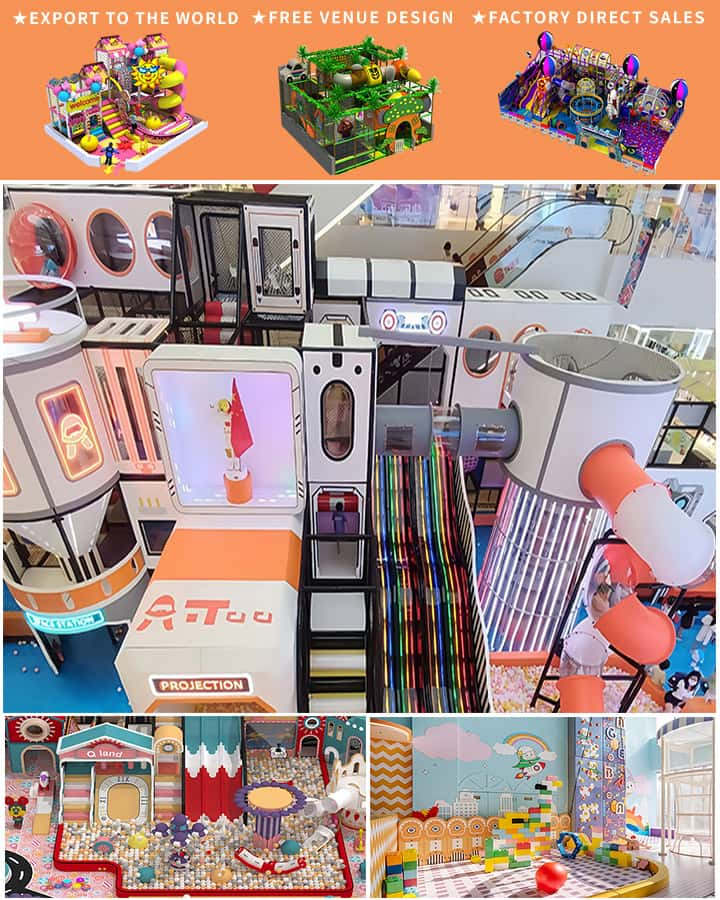In recent years, the indoor playground industry has seen remarkable growth, driven by a surge in demand for safe and engaging recreational spaces for children. As parents increasingly seek out climate-controlled environments where their kids can play year-round, investing in an indoor playground has become an attractive business opportunity. However, understanding the financial landscape is crucial for potential entrepreneurs. This article delves into the average income one can expect from running an indoor playground, taking into account various influencing factors.
Understanding the Market Potential
The average income of an indoor playground can vary significantly based on location, size, amenities, and operational efficiency. According to industry reports, a well-established indoor playground can generate between \(200,000 to \)500,000 annually. However, this range is fluid and subject to multiple variables.
Factors Influencing Average Income
- Location
- Urban vs. Suburban: Indoor playgrounds situated in urban areas with high population densities and disposable incomes tend to perform better financially compared to those in suburban or rural locations. The proximity to residential and commercial hubs also plays a critical role.
- Proximity to Schools and Residential Areas: Being located near schools or densely populated residential areas can boost footfall significantly, as parents are more likely to choose convenient options for their children’s entertainment.
- Size and Amenities

- Scale of Operation: Larger indoor playgrounds with extensive facilities can accommodate more visitors simultaneously, thereby increasing revenue potential. These facilities might include climbing walls, ball pits, trampolines, interactive games, and dedicated party areas.
- Quality of Equipment: Offering state-of-the-art, safe, and hygienic equipment can attract more patrons and justify premium pricing. High-quality attractions often translate to repeat visits and word-of-mouth referrals.
- Operational Efficiency
- Staff Management: Well-trained and friendly staff enhance the customer experience, encouraging longer visits and return trips. Proper staffing levels ensure smooth operations, reducing wait times and improving overall satisfaction.
- Pricing Strategies: Competitive yet profitable pricing models are essential. Offering membership plans, discounts during off-peak hours, and special packages for parties can optimize attendance and income.
- Marketing and Community Engagement
- Brand Awareness: Investing in effective marketing strategies, such as social media campaigns, local advertising, and community events, can boost visibility and attract more customers.
- Partnerships and Collaborations: Collaborating with schools, daycare centers, and community organizations for events or group visits can diversify income streams and foster long-term relationships.
Financial Projections and Considerations
For aspiring owners, creating a realistic financial plan is vital. Here’s a rough breakdown of potential revenue sources and expenses:
Revenue Sources:
- Admission Fees: Charge per child per visit.
- Party Packages: Hosted birthday parties and events.
- Membership Plans: Monthly or annual passes offering unlimited access.
- Additional Services: Snack bars, merchandise sales, etc.
Expenses:
- Initial Setup Costs: Leasing space, purchasing equipment, renovations.
- Operational Costs: Rent, utilities, salaries, maintenance.
- Marketing Expenses: Advertising, promotions, and community engagement activities.
Conclusion
Running an indoor playground can be a lucrative business with the right approach and careful planning. While the average income can vary widely based on several factors, success hinges on choosing the right location, offering quality amenities, efficient operations, and effective marketing strategies. By understanding these dynamics, potential owners can set realistic expectations and work towards achieving financial success in this thriving industry.




